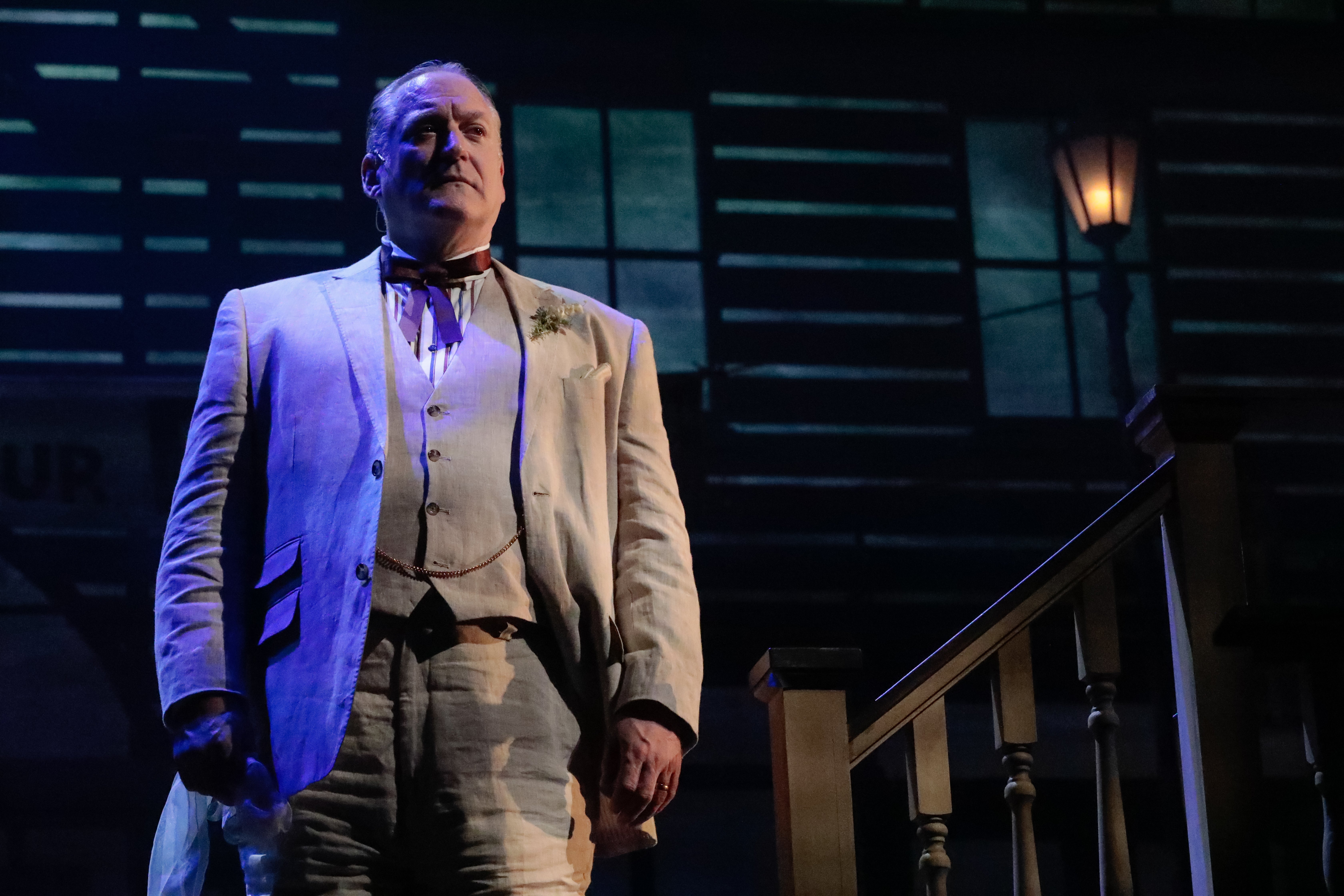
Matthew Harrison Brady
A three-time presidential candidate and nationally known attorney known for his compelling public speaking skills.
Thanks for joining us for Asolo Rep's production of Inherit the Wind!
This page contains information about the story, the characters, and this production of Inherit the Wind. Explore this page, and our page about The History behind the play to expand your understanding of the performance you will see onstage.
Interested in exploring the History behind Inherit the Wind? Click HERE.
Think About it:
“Inherit the Wind does not pretend to be journalism. It is theatre. It is not 1925. The stage directions set the time as ‘Not too long ago.’ It might have been yesterday. It could be tomorrow.”
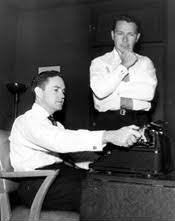 Written by Jerome Lawrence and Robert E. Lee.
Written by Jerome Lawrence and Robert E. Lee.
Both celebrated playwrights, Lawrence and Lee collaborated on 39 projects throughout their careers. These works draw significance from past historic events as a lens through which audiences may better understand the present moment. Other works include:
The Gang's All Here (1959)
The Night Thoreau Spent in Jail (1970)
Inherit the Wind was rejected 8 times by Broadway producers until the play caught the eye of Margot Jones, a producer and director in Dallas, Texas. Directed by Jones, the Dallas premiere of Inherit the Wind took place on January 10, 1955. The production then transferred to Broadway’s National Theatre and premiered on April 21, 1955.
The play was a critical success, running for a total of 806 performances
Multiple revivals have also taken place, featuring celebrated actors like George C. Scott, Christopher Plummer, and Brian Dennehy.
On Film:
Inherit the Wind is set in the small town of Hillsboro. It is summer, not too long ago.
This is all that the playwrights give at the beginning of the piece.
Get to know the characters before you see the production.

A three-time presidential candidate and nationally known attorney known for his compelling public speaking skills.
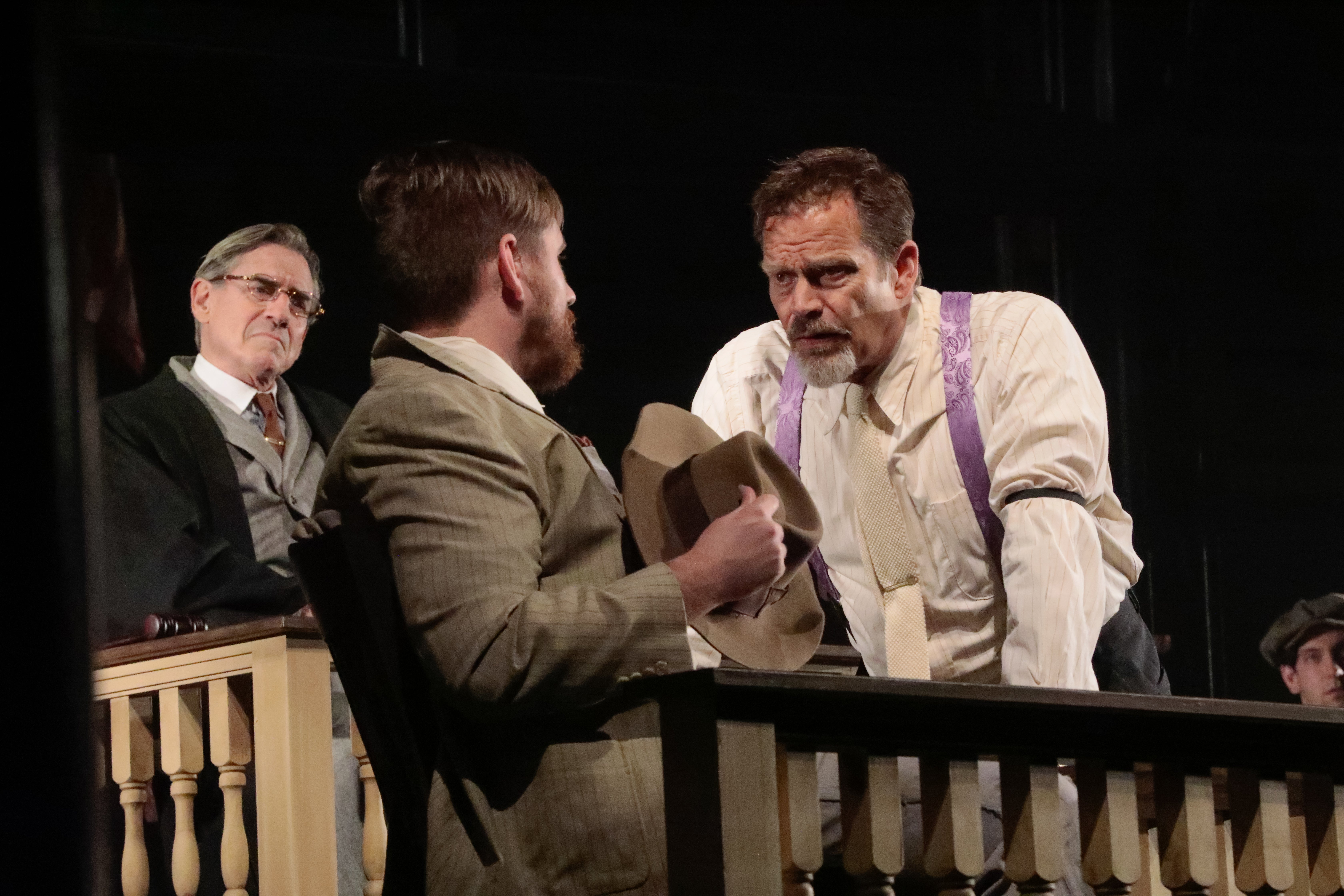
A nationally known attorney who was once Brady's closest friend and political confidant. He is the defense attorney for Bertram Cates.
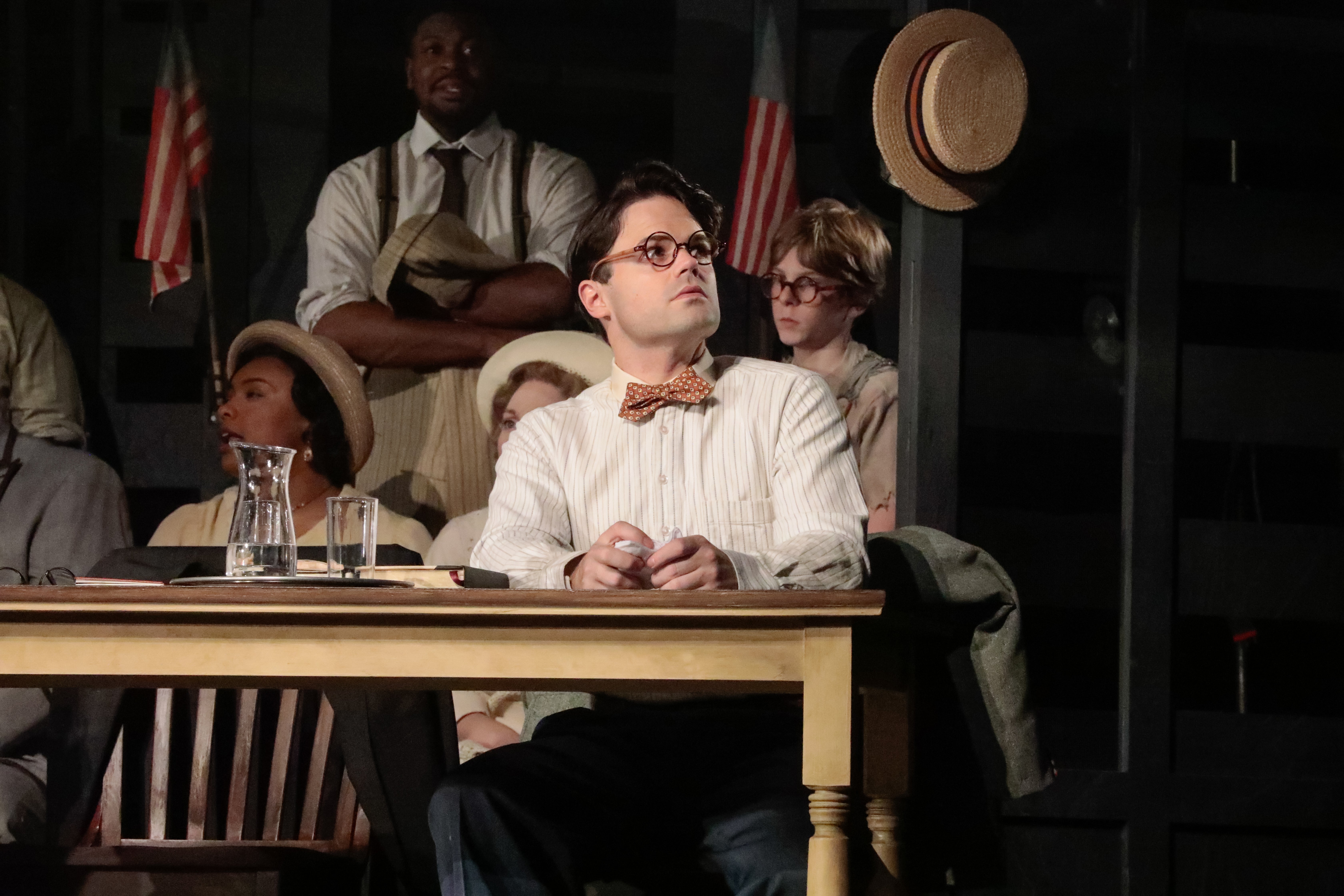
A Hillsboro high school teacher who has taught the theory of evolution in violation of a state law banning its teaching in classrooms.
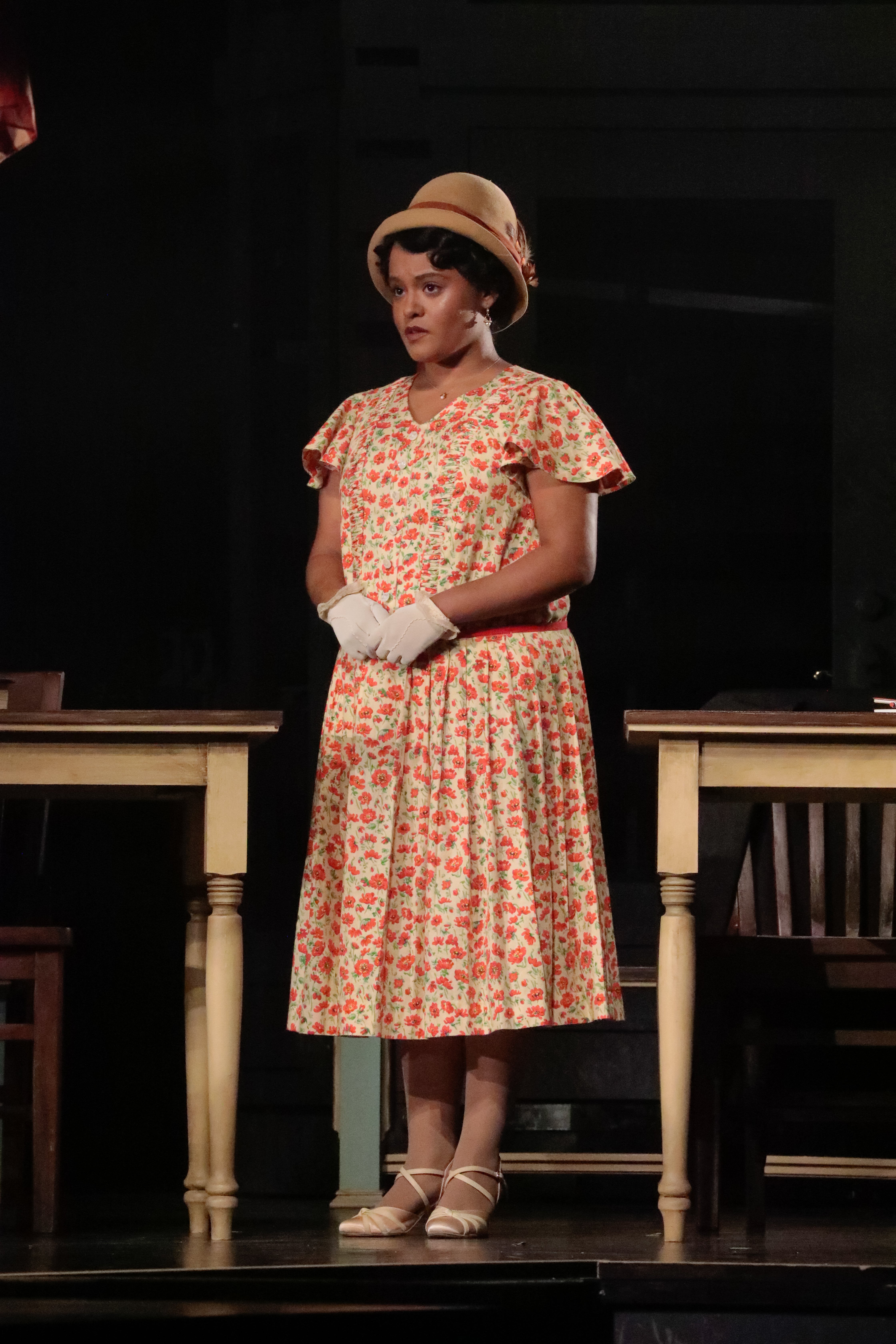
Rev. Brown's daughter. A fellow schoolteacher, her loyalties are split between her father and her love interest, Bertram Cates.
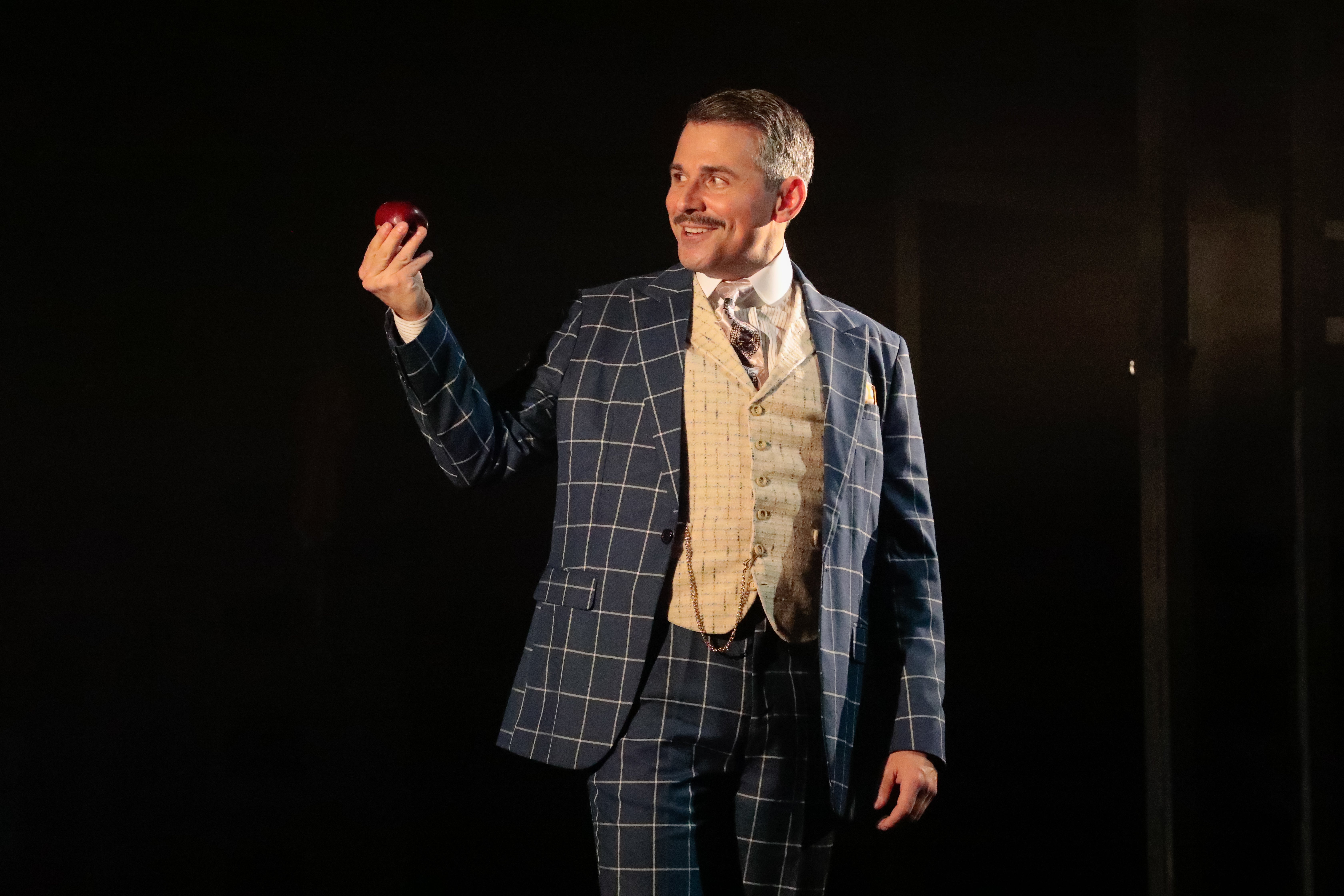
A reporter for the fictional Baltimore Herald newspaper. He is young, sarcastic, cynical, and deeply opposed to religious belief.
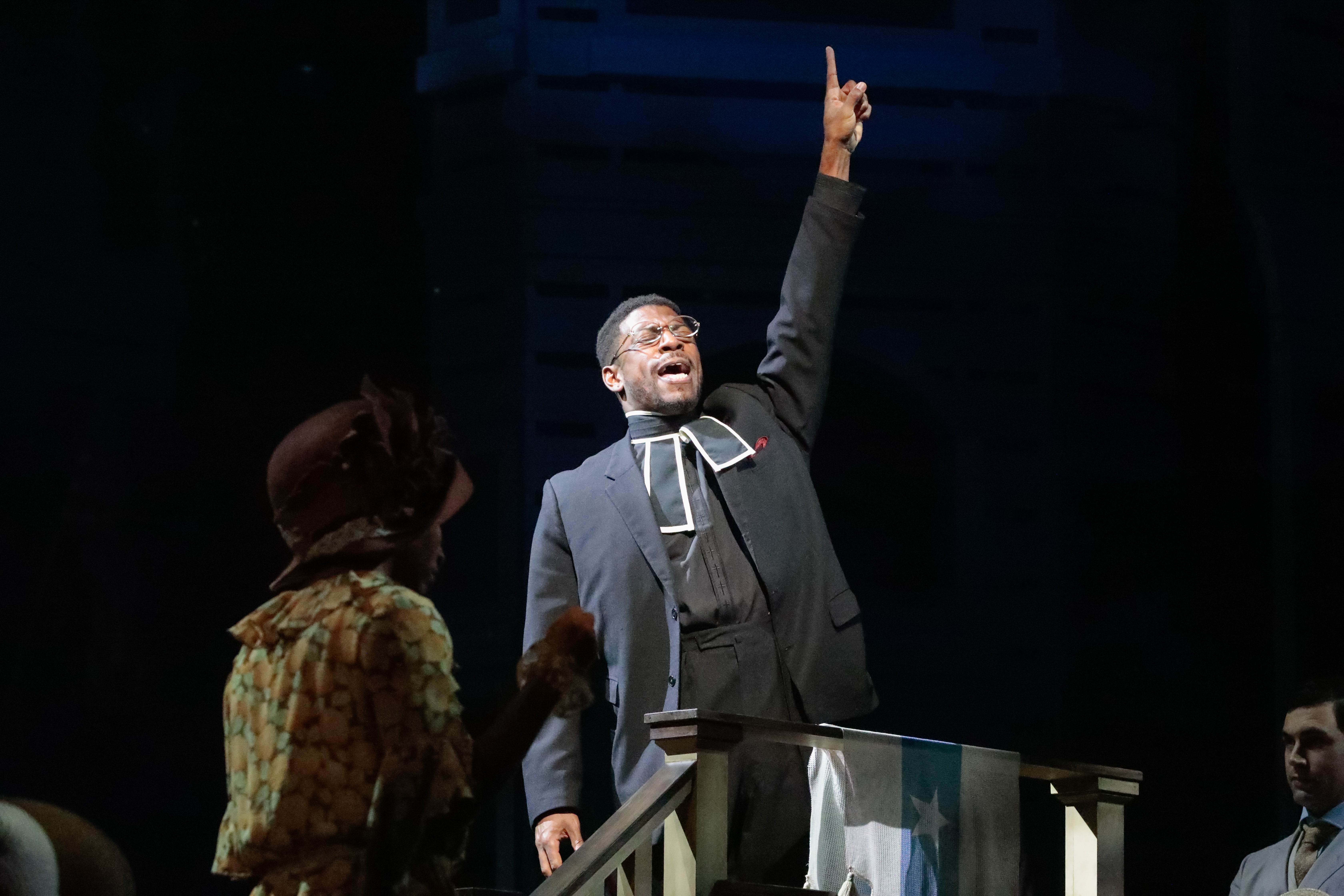
A fundamentalist Protestant Christian preacher who believes in a literal interpretation of the Bible.
A local judge who is subtly sympathetic to the reverend’s views.
A 13-year-old high school student of Bertram Cates.
A young girl who believes in the teachings of the Bible.
The district attorney who prosecutes Bertram Cates.
The top elected official of Hillsboro who is openly supportive of the Rev. Brown but also deeply political and concerned about the economic future of his town.
“Almost if not all of our plays show the theme of the dignity of every individual mind and that mind’s life-long battle against limitation and censorship.” -Jerome Lawrence, playwright
Inherit the Wind is heavily inspired by the events of the 1925 Scopes Monkey Trial in Dayton, Tennessee. However, this play is not a documentary, nor a direct recreation of the events of that trial. Instead, this play is a fictional account of a similar trial that takes place in Hillsboro, an idyllic small town in a nonspecific part of the United States.
When creating Inherit the Wind, Jerome Lawrence and Robert E. Lee saw the events of the trial as a startling mirror the events and consequences of McCarthyism in the 1940s and 1950s. This era, also known as the “Red Scare,” was an effort led by Senator Joseph McCarthy to repress and persecute individuals who were believed to be associated with the Communist Party. As a result of these repressive actions, many artists, activists, and political leaders were unable to continue with their work because of their tarnished reputations. Lawrence and Lee found a sizable connection to the mass hysteria and threat to intellectual thought from both historic periods.
Does history repeat itself--through art?
Artistic movements are often created as a reaction to periods of monumental social or political change. By using historic events as their sources of inspiration, artists like Jerome Lawrence and Robert E. Lee draw poignant comparisons between the past and present while creating something totally new.
Try it out for yourself. Click on the sections below to explore adapting history through art.
THINK ABOUT IT
Artists of all disciplines are often influenced by the events of their past. In your opinion, how might exploring a previous moment in history inspire present works of art?
TRY IT OUT
If you could adapt any event in history, which event would you choose to adapt and why?
Ex:
Click the button below to learn more about the history behind Inherit the Wind.
Director of Inherit The Wind, Peter Rothstein, discusses his view of the classic story.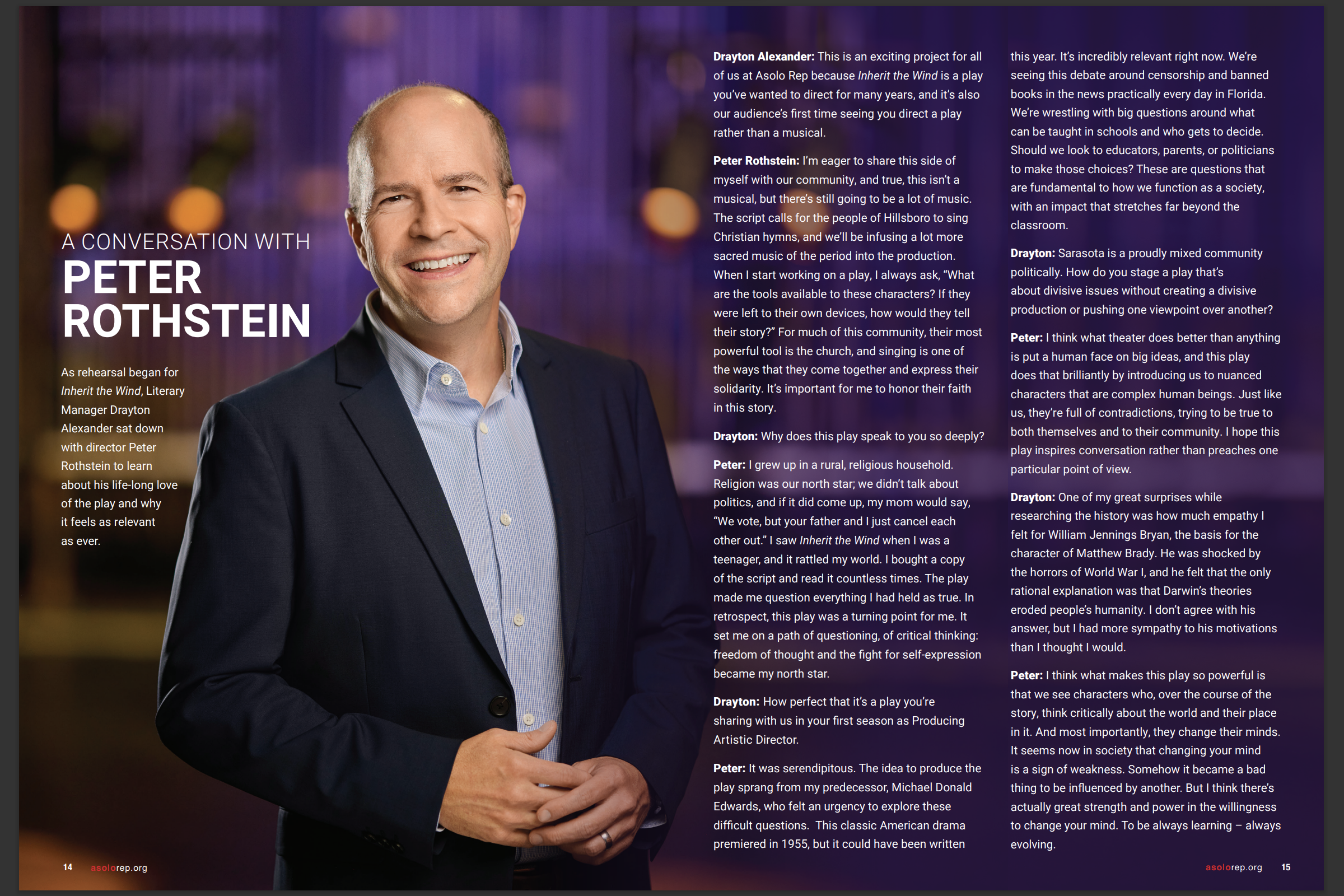
Meet the Young Performers in Inherit the Wind
Production Program
Content Guide and Educational Standards
Asolo Rep's Content Guide includes: